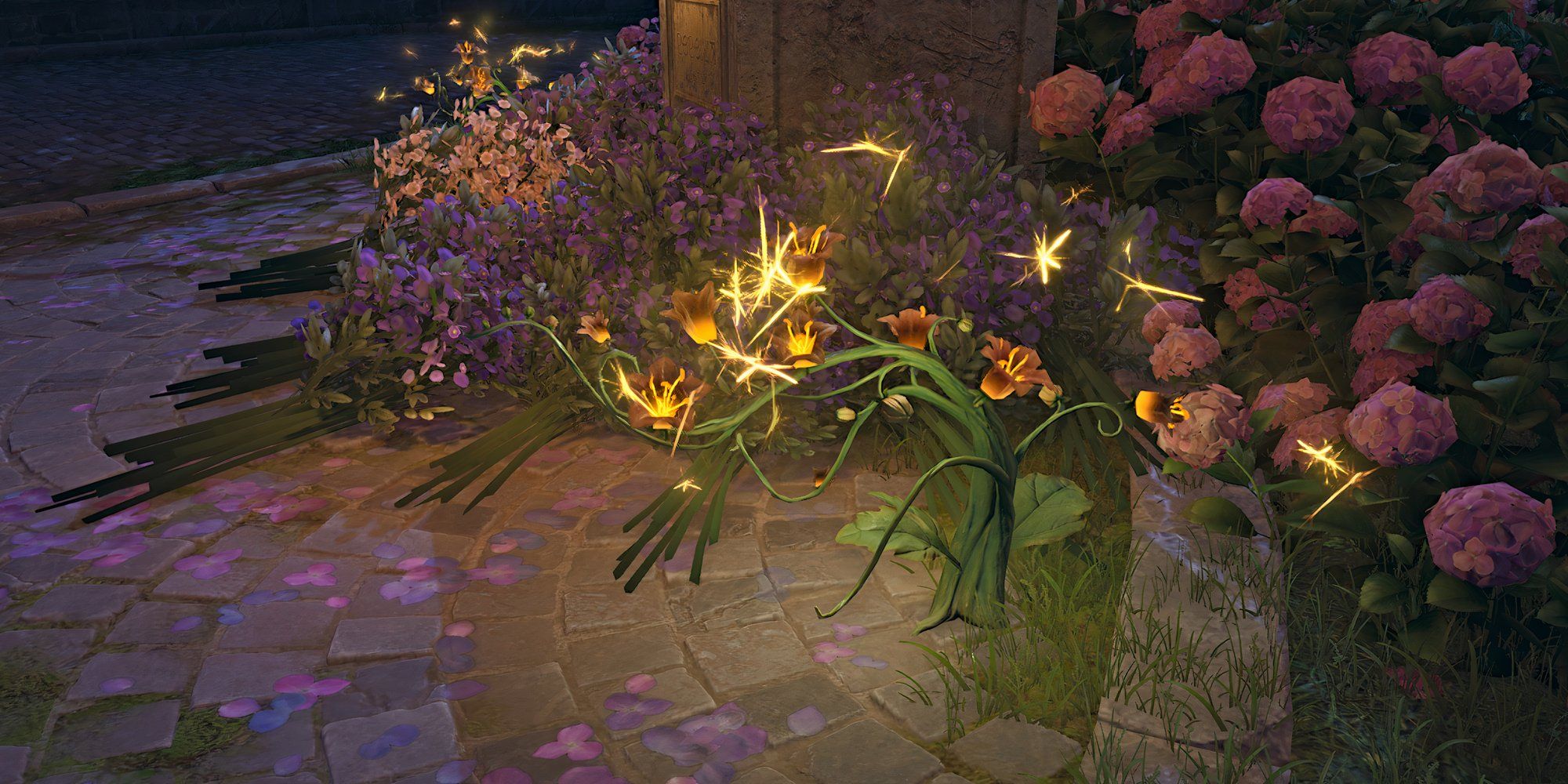The mid-1980s were a golden era for Marvel Comics, both creatively and financially. Having overcome the financial challenges of the late 1970s, largely thanks to the success of Star Wars, Marvel was poised to revolutionize the comic industry with the launch of Secret Wars in 1984. This series not only altered the course of the Marvel Universe but also set new standards for the comic industry, propelling Marvel's heroes and villains into fresh narratives for years to follow.
This period also saw the release of other legendary stories, such as Frank Miller's Born Again arc in Daredevil, the return of Jean Grey in X-Factor, and Walt Simonson's Surtur Saga in Thor, among others. In this article, we delve into these new directions and other significant stories from this time. Join us for Part 8 of our exploration of Marvel's essential issues!
More Essential Marvel
- 1961-1963 - The Birth of a Universe
- 1964-1965 - The Sentinels Are Born and Cap Dethaws
- 1966-1969 - How Galactus Changed Marvel Forever
- 1970-1973 - The Night Gwen Stacy Died
- 1974-1976 - The Punisher Begins His War on Crime
- 1977-1979 - Star Wars Saves Marvel From Bankruptcy
- 1980-1982 - Did the Dark Phoenix Saga Usher in the Greatest Decade for Marvel?
Frank Miller's Born Again and Walt Simonson's Surtur Saga
For standout storylines from this era, consider Frank Miller's return to Daredevil with the Born Again arc, illustrated by David Mazzuchelli. This arc, spanning Daredevil #227-233, is often hailed as the definitive Daredevil story. It follows Karen Page, who, in a desperate state of addiction, sells Daredevil's secret identity for heroin. The information reaches the Kingpin, who uses it to devastate Matt Murdock's life, stripping him of his home, career, and social circle. Matt's journey back to becoming Daredevil, while Kingpin descends into fanaticism, creates a compelling narrative. This story was later adapted in Season 3 of Netflix's Daredevil and inspired the Disney+ series Daredevil: Born Again.
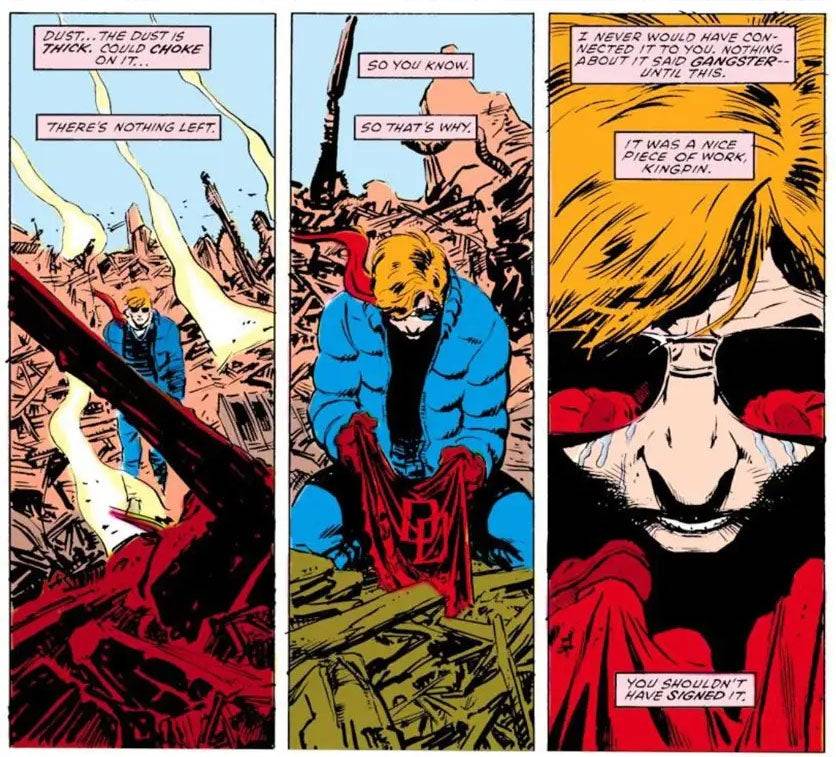 Daredevil: Born Again
Daredevil: Born Again
Walt Simonson's work on Thor, starting with issue #337 in 1983, introduced Beta Ray Bill, an alien worthy of wielding Mjolnir. Simonson's run revitalized Thor's mythic fantasy elements, culminating in the Surtur Saga from issues #340-353. Here, the fire demon Surtur, ruler of Muspelheim, aims to trigger Ragnarok with the Twilight Sword. He sends Malekith the Accursed to delay Thor while forging the sword. The saga's climax features an epic battle with Thor, Loki, and Odin united against Surtur. Elements of this saga influenced the plots of Thor: The Dark World and Thor: Ragnarok.
Secret Wars Changes Comics Forever
In Part 4 of our series, we discussed the 1973 Avengers/Defenders War as a precursor to the event crossovers that would become a staple of Marvel and DC. The turning point came in 1984 with Secret Wars, a 12-part miniseries crafted by then Editor-in-Chief Jim Shooter, with art by Mike Zeck and Bob Layton. Born from a marketing deal with Mattel, the story features the Beyonder transporting Marvel heroes and villains to Battleworld to determine the supremacy of good or evil. While the series is known for its impact on the Marvel Universe and its large cast, it often lacks deep narrative depth. The 2015 iteration by Jonathan Hickman and Esad Ribić offers a more fulfilling take, but the original Secret Wars undeniably transformed the comic industry. Its success led to Secret Wars II and, alongside DC's Crisis on Infinite Earths, established the event story model in comic publishing.
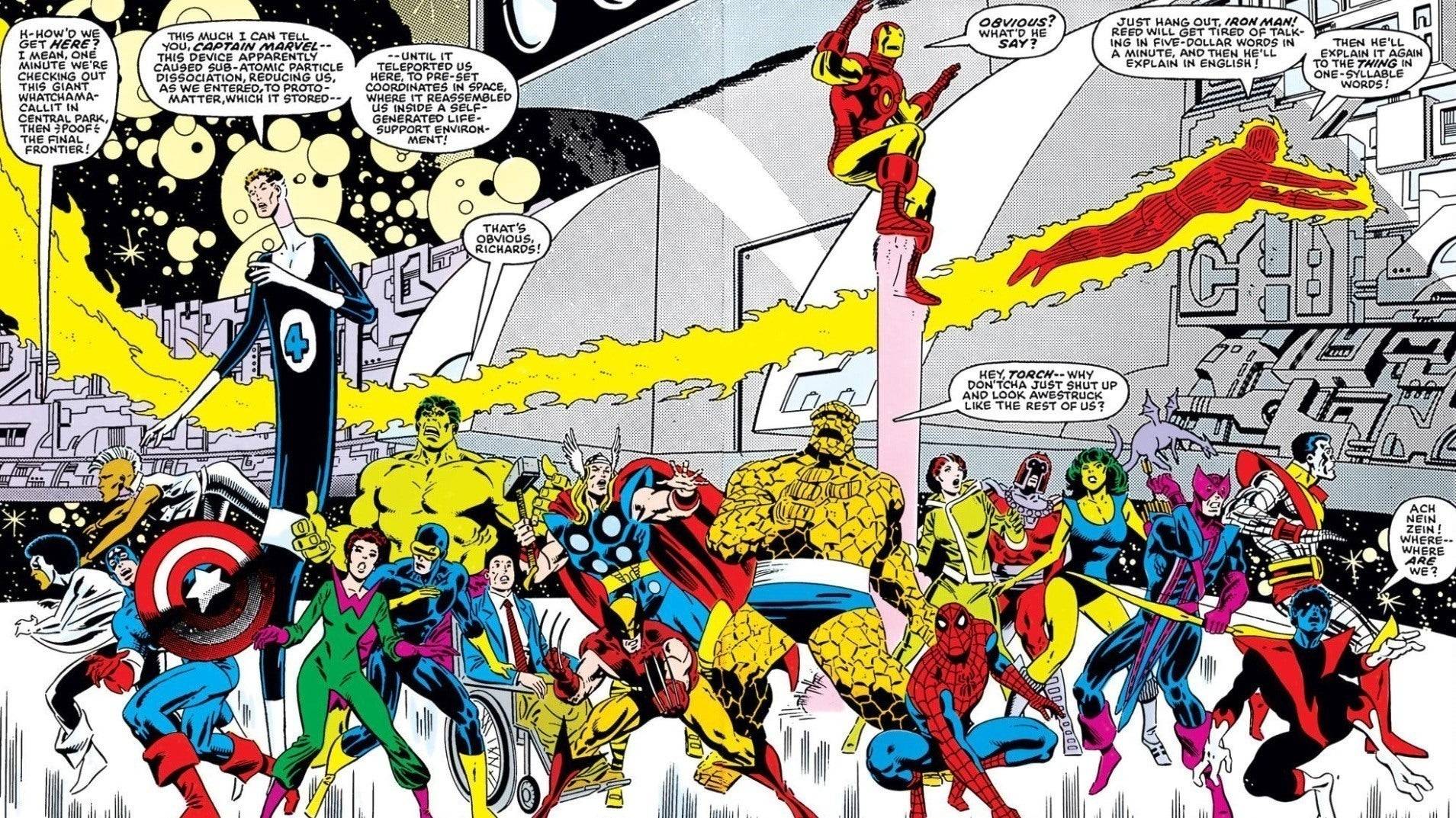 Secret Wars #1
Secret Wars #1
Spider-Man’s Symbiote Suit and Other Iconic Spidey Stories
Following the foundational runs by Stan Lee and Gerry Conway, Roger Stern took over Amazing Spider-Man with issue #224, revitalizing the series. Stern introduced the Hobgoblin in issue #238, quickly becoming one of Spider-Man's most formidable foes. His original Hobgoblin saga, though cut short due to editorial interference, was later concluded by Stern in the 1997 miniseries Spider-Man: Hobgoblin Lives.
Just as Stern departed, Amazing Spider-Man #252 introduced the iconic black symbiote costume, which originated in Secret Wars #8. This suit led to the introduction of one of Spider-Man's most popular villains and has been adapted in numerous formats, including Spider-Man 3, Spider-Man: The Animated Series, Spectacular Spider-Man, and Insomniac's Spider-Man 2. Another significant story from this period is The Death of Jean DeWolff in Spectacular Spider-Man #107-110, a dark tale involving Spider-Man's pursuit of the Sin-Eater, who murdered his ally Jean DeWolff, and his subsequent conflict with Daredevil.
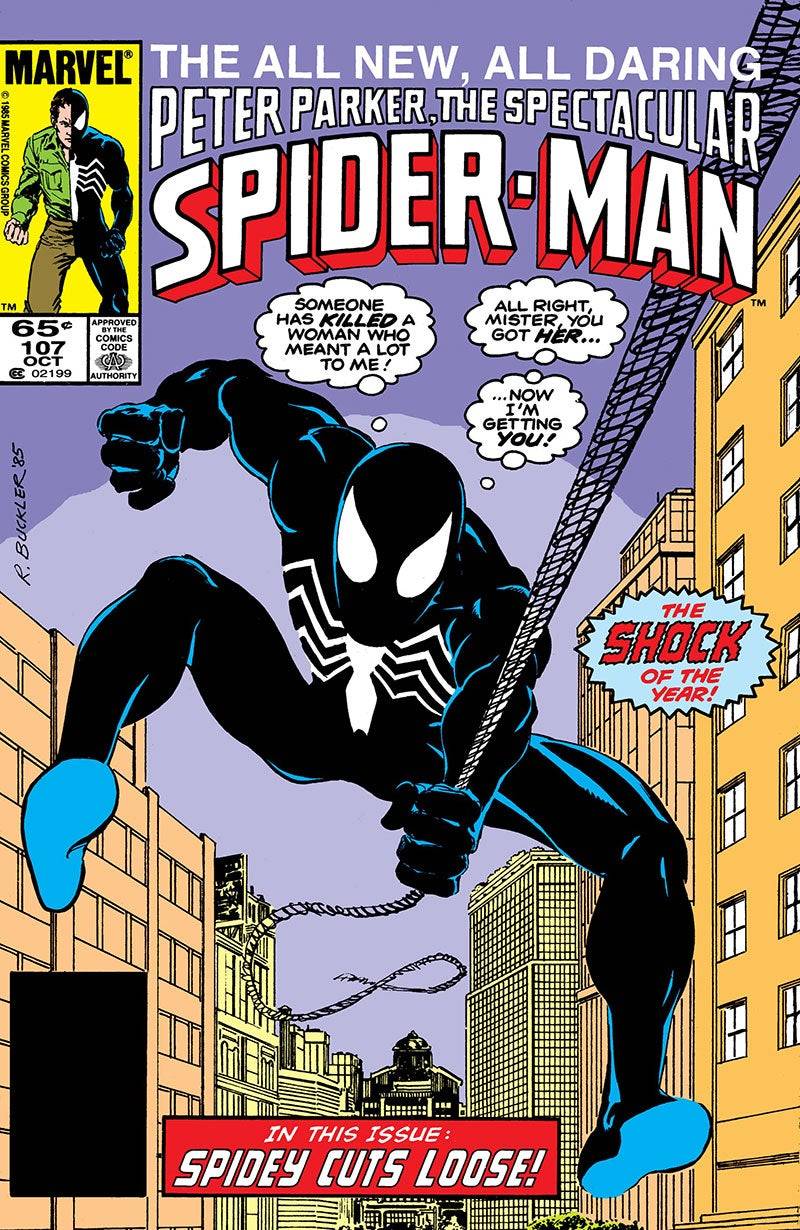 Spectacular Spider-Man #107
Spectacular Spider-Man #107
Jean Grey Returns, the Rise of Apocalypse, and Other Mutant Landmarks
The mid-1980s were also a pivotal time for Marvel's mutants. Vision and the Scarlet Witch #4 confirmed Magneto as the father of Quicksilver and Scarlet Witch, a retcon that lasted until 2015. X-Men #171 saw Rogue's transition from the Brotherhood of Evil Mutants to the X-Men, cementing her status as a beloved heroine. X-Men #200 marked Magneto's trial and his subsequent leadership of Xavier's School, a storyline adapted in the second episode of X-Men '97.
The most significant mutant developments were Jean Grey's resurrection and the introduction of Apocalypse. Jean Grey returned in a two-part story across Avengers #263 and Fantastic Four #286, later forming X-Factor with the original X-Men. X-Factor #5-6 introduced Apocalypse, an ancient mutant fused with Celestial technology, who became a major antagonist in the X-Men universe and beyond, appearing in various media, including X-Men: Apocalypse.
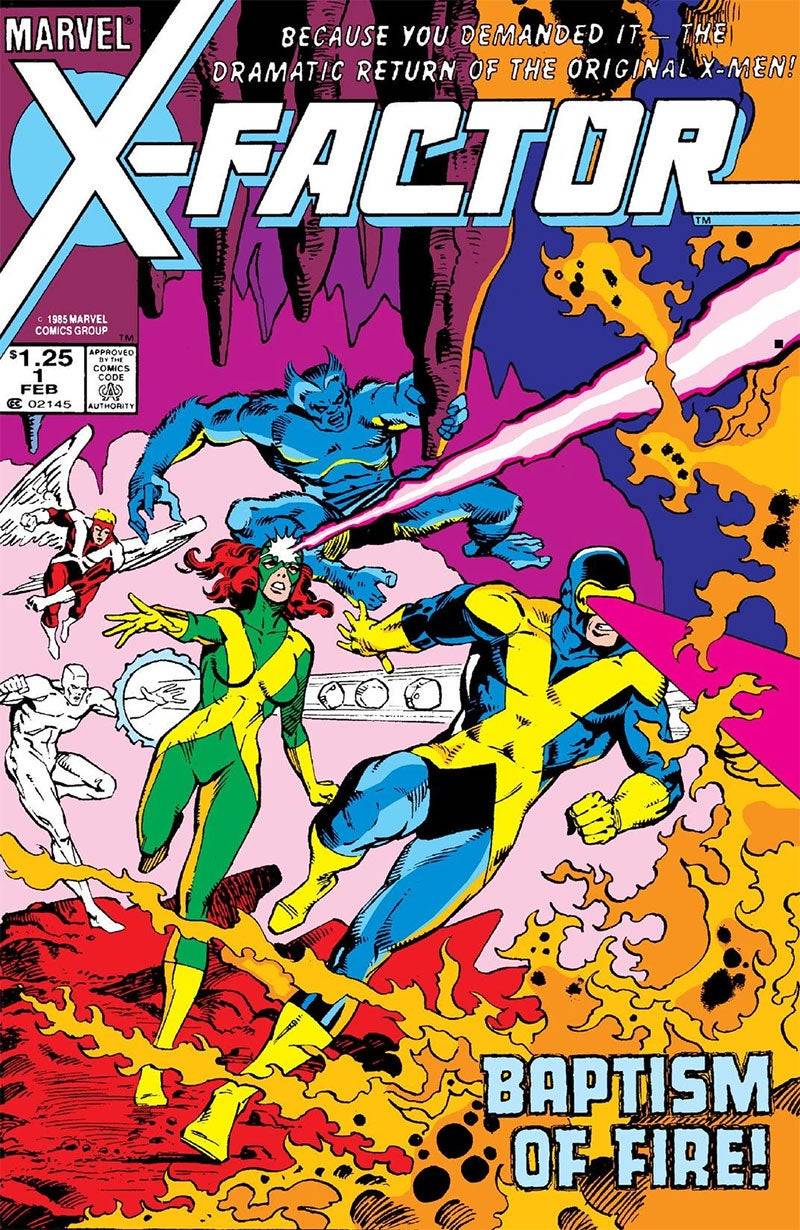 X-Factor #1
X-Factor #1

 Latest Downloads
Latest Downloads
 Downlaod
Downlaod




 Top News
Top News


